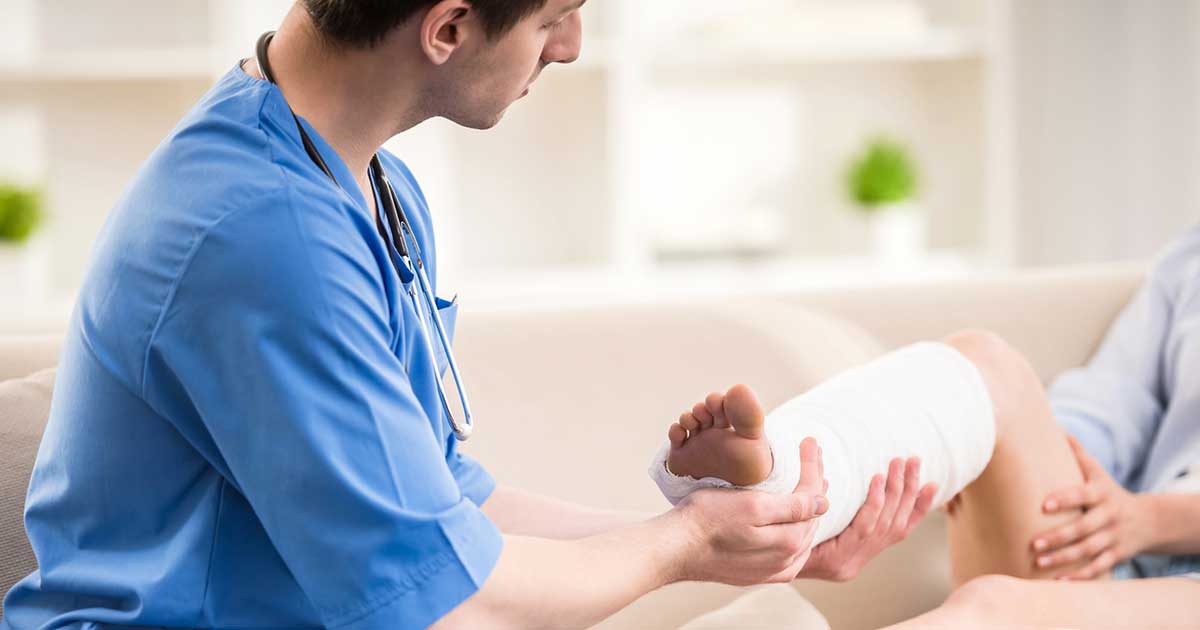Signs And Symptoms Of Osteoporosis
Osteoporosis is a medical condition that results from the gradual weakening of bones to the point of bone loss. Our bones can become brittle and fragile when bone density decreases, which happens when bones start breaking down faster than the body can rebuild them. Bones are porous like a sponge, and osteoporosis causes these spaces to get bigger. The decrease in density weakens the bone inside and out. Osteoporosis increases the risk of fractures from hard blows or falls. Factors that cause osteoporosis include age, menopause, and medical conditions. Most patients are asymptomatic, but receding gums or brittle nails may be early signs of the disease. Learn more signs and symptoms now.
Easier Bone Fractures

The risk of fracturing certain bones increases significantly as we age, especially for patients with osteoporosis. Many individuals are not aware of the condition until they break or fracture a bone. The bones most commonly affected by osteoporosis are the hips, ribs, spinal vertebrae, and bones in the forearm. The majority of hip and spine fractures are suffered by individuals aged seventy and older. Some elderly individuals have chronic conditions or mobility issues such as difficulty walking or getting out of bed. Osteoporosis increases the risk of easier bone fractures under these circumstances.
Severe cases of osteoporosis can result in fractures from simple actions like bumping into things or sneezing. Breaks and fractures are typically more serious among the elderly, especially in the spine and hips. They are usually very painful, take longer to heal, and can cause permanent damage or disability. Recovery time spent in bed can lead to other problems like the development of blood clots or pneumonia.
Discover the next symptom of osteoporosis now.
